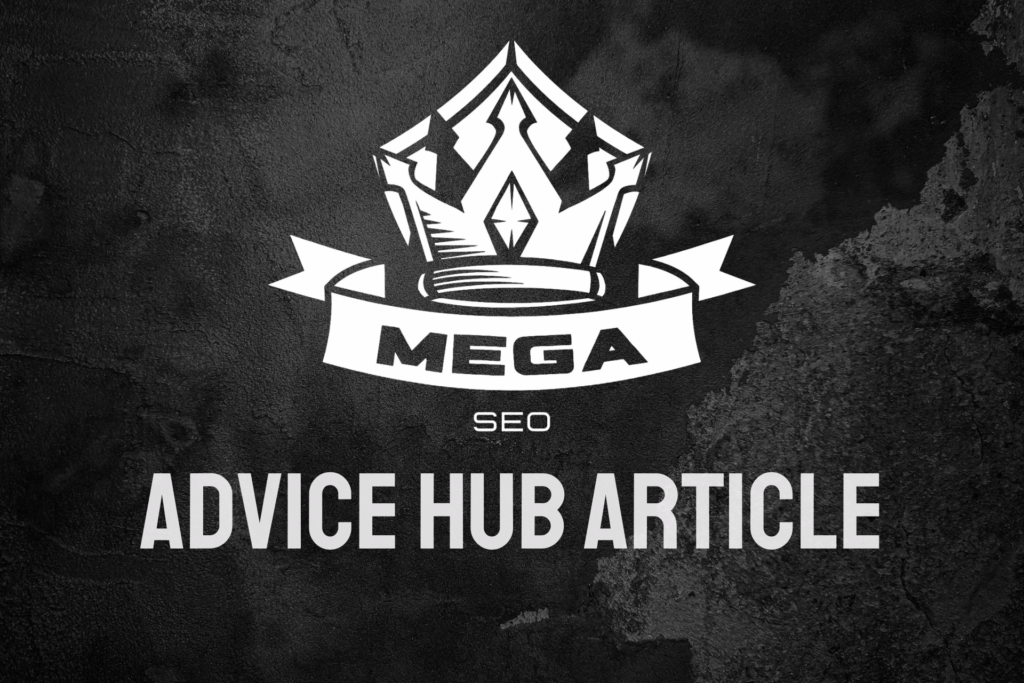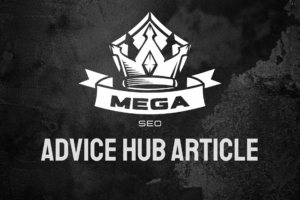Optimising URLs for SEO is a vital step in improving your website’s visibility and rankings in search engine results pages (SERPs). Well-structured URLs help search engines understand your content better and provide users with a clear idea of what to expect when they click on a link. In this comprehensive guide, we’ll explore the best practices for URL optimisation and how it can positively impact your SEO efforts.
Why Do URLs Matter for SEO?
URLs serve as the foundation of your website’s structure and play a significant role in how search engines crawl and index your pages. A well-optimised URL can:
1. Improve user experience by providing clear information about the page content
2. Enhance click-through rates (CTR) in search results
3. Help search engines understand the context and relevance of your content
4. Contribute to your overall SEO strategy by reinforcing keyword relevance
Let’s delve into the key aspects of URL optimisation and how you can implement them effectively.
What Makes a URL SEO-Friendly?
An SEO-friendly URL should be concise, descriptive, and easy to read for both users and search engines. Here are some essential characteristics of an optimised URL:
1. Relevant keywords: Include your target keyword in the URL, preferably near the beginning.
2. Brevity: Keep URLs short and to the point, avoiding unnecessary words or characters.
3. Readability: Use hyphens to separate words, making the URL easy to read and understand.
4. Lowercase letters: Stick to lowercase letters to avoid potential issues with case sensitivity.
5. Avoid special characters: Use only letters, numbers, and hyphens in your URLs.
By incorporating these elements, you can create URLs that are both user-friendly and search engine-optimised.
How Can You Structure URLs for Maximum SEO Impact?
Structuring your URLs effectively is essential for SEO success. Here are some best practices to follow:
How Should You Organise Your URL Hierarchy?
Organise your URLs in a way that reflects your website’s structure and content hierarchy. For example:
https://www.example.com/category/subcategory/product-nameThis structure helps search engines understand the relationship between different pages on your site and can improve crawlability.
Should You Include Target Keywords in URLs?
Absolutely. Incorporate your primary keyword in the URL, but avoid keyword stuffing. For instance:
https://www.example.com/seo-services/url-optimizationThis URL clearly indicates the topic of the page and includes relevant keywords without being overly long or repetitive.
How Can You Avoid Dynamic Parameters?
Dynamic URLs with multiple parameters can be confusing for both users and search engines. Instead of using:
https://www.example.com/products?category=shoes&color=red&size=10Consider using a more readable format:
https://www.example.com/products/shoes/red/size-10This structure is cleaner and more user-friendly, which can positively impact your SEO efforts.
What Are Some Common URL Optimisation Mistakes to Avoid?
While optimising URLs, it’s essential to be aware of common pitfalls that can negatively impact your SEO. Here are some mistakes to avoid:
1. Using underscores instead of hyphens: Search engines prefer hyphens (-) to separate words in URLs rather than underscores (_).
2. Including stop words: Avoid using common words like “and,” “the,” or “of” in your URLs unless absolutely necessary.
3. Creating excessively long URLs: Keep your URLs concise and focused on the main topic of the page.
4. Using uppercase letters: Stick to lowercase letters to prevent potential issues with case sensitivity.
5. Keyword stuffing: While including keywords is important, avoid overusing them in your URLs.
By steering clear of these mistakes, you can ensure that your URLs are optimised for both search engines and users.
How Can You Implement URL Optimisation for Existing Websites?
If you’re working on an existing website, implementing URL optimisation might seem challenging. However, with careful planning and execution, you can improve your URL structure without negatively impacting your SEO. Here’s how:
1. Conduct a URL audit: Review your current URL structure and identify areas for improvement.
2. Create a redirect plan: Before making any changes, plan 301 redirects from old URLs to new ones to preserve SEO value.
3. Update internal links: Ensure all internal links on your website are updated to reflect the new URL structure.
4. Inform search engines: Use Google Search Console to submit your updated sitemap and request recrawling of your site.
5. Monitor performance: Keep a close eye on your website’s performance after implementing URL changes to address any issues promptly.
Remember, sudden and widespread URL changes can temporarily impact your search rankings. It’s essential to approach this process methodically and monitor your site’s performance closely.
How Does URL Optimisation Fit into Your Overall SEO Strategy?
URL optimisation is just one piece of the SEO puzzle. While it’s important, it should be part of a comprehensive SEO strategy that includes:
1. On-page SEO: Optimise your content, meta tags, and internal linking structure.
2. Off-page SEO: Build high-quality backlinks and improve your site’s authority.
3. Technical SEO: Ensure your website is crawlable, indexable, and fast-loading.
4. Local SEO: Optimise for local search if you have a physical business location.
By combining these elements, you can create a robust SEO strategy that drives organic traffic and improves your search engine rankings.
Ready to Boost Your SEO with Optimised URLs?
Optimising your URLs for SEO is a powerful way to improve your website’s visibility and user experience. By following the best practices outlined in this guide, you can create a URL structure that is both search engine-friendly and user-friendly.
Remember, URL optimisation is an ongoing process. As your website grows and evolves, continue to apply these principles to new pages and periodically review your existing URL structure for improvement opportunities.
If you’re looking for expert guidance on URL optimisation or need help with your overall SEO strategy, don’t hesitate to contact us. Our team of SEO specialists is ready to help you maximise your online visibility and drive organic growth.


